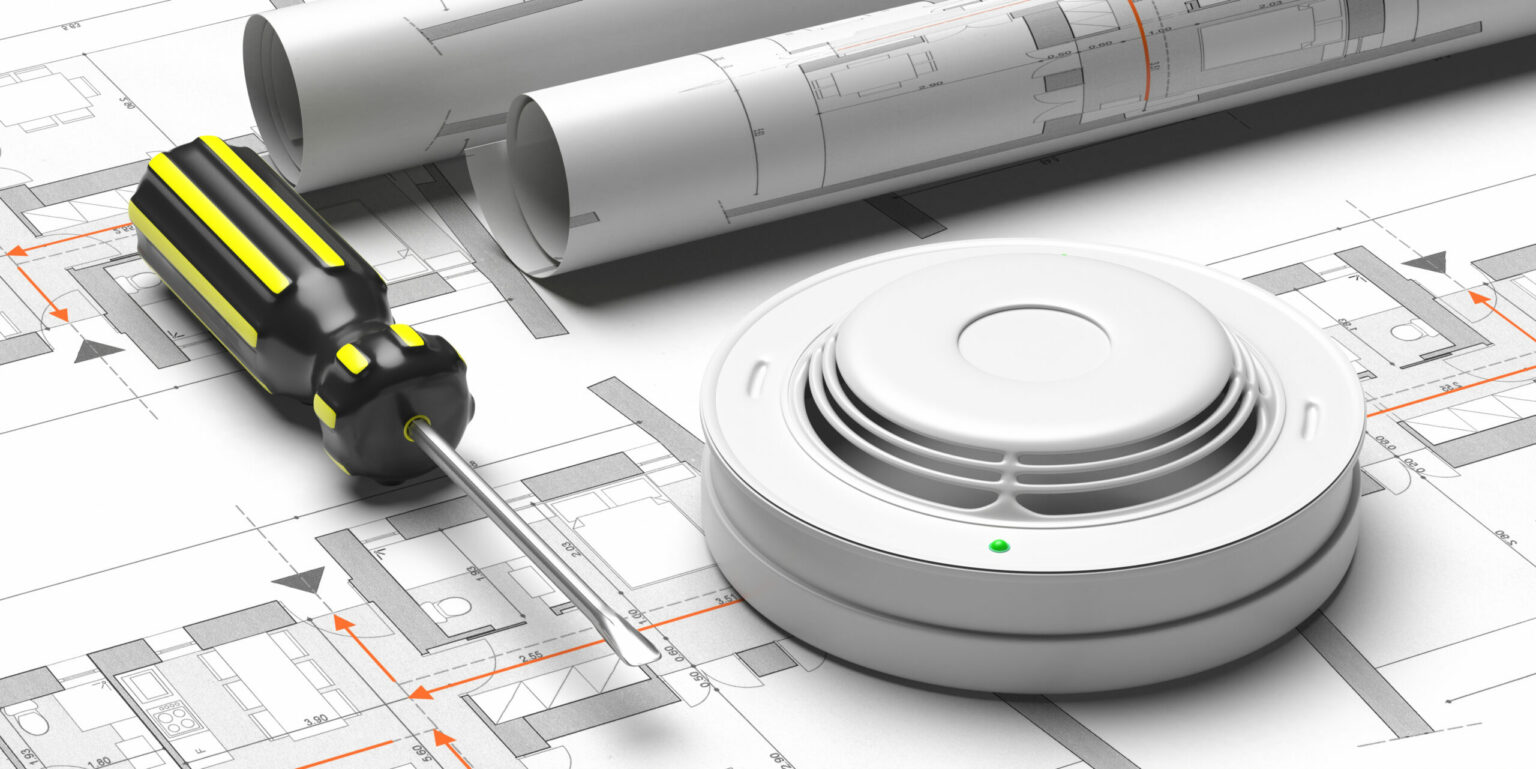The UK’s most fire-prone non-residential buildings revealed
- September 5, 2022
- 7:25 am


Iain Hoey
Share this content
Arinite Health and Safety has revealed the most fire-prone buildings in the UK by type in a new study.
It looked at the 11,916 primary fires – those which occurred at non-derelict buildings, involved fatalaties, casualties or rescues, and was attended by five or more pumping appliances – at non-residential buildings to detetmine what building types were most prone to outbreaks of fire.
1: Private non-residential buildings
The buildings that have the most fires are private non-residential buildings. These types of buildings include: private garages, private garden sheds, private greenhouses and private summer houses.
Garages are ordinarily used for storage of household overflow, such as tools, seasonal clothing and Christmas decorations. Sheds are also used for garden tools such as lawnmowers, which may require petrol to power them. Boxes stacked with decorations, clothing, and petrol pose a greater fire risk because the materials act as catalysts.
With a high concentration of combustible materials, the fire service attended 3,587 incidents in 2020/21. Of the 3,587 incidents attended, 80.2% were accidental compared to 19.8% that were deliberate.
2: Industrial premises
Industrial premises includes: Industrial manufacturing, Industrial processing, Laboratory/research, Mines and quarries – above ground, Public utilities, Vehicle repair, Warehouses and bulk storage.
The fire service attended 1,749 fires in 2020-21, with 91% of them being accidental and 9% being deliberate. The ratio of accidental to deliberate fires on industrial premises is the largest gap of any building type.
Industrial premises will have a health and safety policy including a fire risk assessment and dedicated fire personnel, meaning that the amount of deliberate fires started will be reduced.
3: Other public buildings
Other public buildings include: Car parks, Public admin/security/safety, Public toilets, Religious buildings, Sports pavilions and Transport buildings.
These buildings were attended by fire services 1,100 times during 2020-2021. Deliberate fires were significantly higher at these types of premises with 71.1% of fires being set intentionally. The remaining 28.9% of fires were accidental.
4: Retail premises
Ranging from small independent shops to supermarkets and retail complexes, retail premises are the fourth most at risk building. Retail premises were attended by the fire service 1,075 times throughout 2020 – 2021. The majority of fires were accidental (82.8%) compared to deliberate (17.2%).
Home improvement retail facilities store a high level of flammable materials such as white spirit and fire lighters. All retail premises will have fire safety protocols and tighter security that other building types, reducing the amount of deliberate fires.
5: Communal living
Communal living includes: Boarding school accommodation, Military/barracks, Monastery/convent, Nurses’/Doctors’ accommodation, Other residential home, Residential home, Sheltered housing and Student hall of residence. 907 fires were attended by the fire service. 13.1% of these fires were deliberate compared to the 86.9% that were accidental.
6: Food and drink premises
Restaurants and takeaways use flames to cook food daily, which explains why 889 fires were attended, with 88.1% of the fires being accidental and 11.9%, deliberate.
7: Agricultural premises
Agricultural premises have many purposes including rearing livestock and horticultural cultivation. Large open spaces full of combustible materials such as seeds, dry grass and wheat can lead to unmanageable fires. Combining the combustible materials with wooden barn structures contribute to the amount of fires farms experience every year.
Between 2020 and 2021, 536 fires were attended by the fire service in the UK. Of the 536 fires, 80.4% were accidental and 19.6% were deliberate.
8: Hospitals and medical care
Hospitals and medical care facilities are the 8th most flammable building in the UK. Faulty equipment and overloading on electrical outlets are some of the biggest causes of hospital and medical care facility fires. The fire service attended 502 fires at hospitals and medical centres, 71.1% of these fires were accidental and 28.3% were deliberate.
9: Hotels, boarding houses, hostels
Hotels, boarding houses, hostels etc. includes: Animal boarding, Boarding house and B&B for homeless/asylum seeker, Boarding house/B&B, Caravan site – in caravan/camper van, Hostel, Hotel/Motel, Other holiday residence and Youth hostel.
436 fires were attended by the fire service across the UK, 79.4% of incidents were accidental compared to the 20.6% that were deliberate.
10: Offices and call centres
The 10th most combustible building type consists of offices and call centres. Faulty equipment, clutter and human error are among the top reasons why fires break out in offices and call centres. During 2020- 2021, 334 fires were attended across the UK. 18.9% of these fires were accidental which is a large contrast to the 81.1% that were deliberate.



